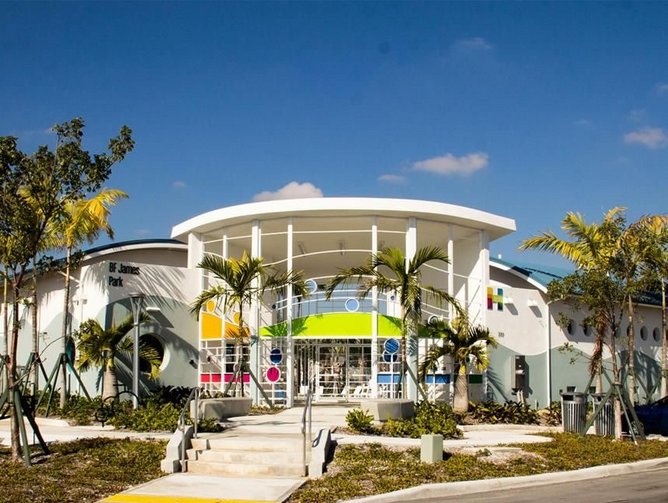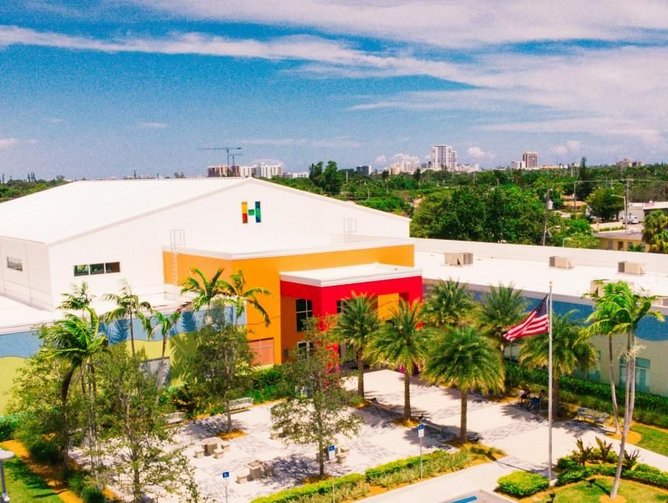How the City of Hallandale Beach embraces the digital disruption of the public sector
As the modern world continues to be engulfed by technology and innovation, industry sectors are transforming more and more. Businesses and organizations are redefining their operations in order to continue to succeed and lead the way, and avoid playing catch up to competitors. For Greg Chavarria, Assistant City Manager and Chief Information Officer (CIO) at the City of Hallandale Beach, regardless of how much technology continues to change, what is and will forever remain the most important part of working in IT is understanding the customer. “When you're in IT, it's important to not be rigid, be flexible and have a good ear for the customer,” he says. “You need to understand your customer and their needs, and this challenges you as an IT professional to bring solutions that may not be evident right away. Perhaps it requires more research, or partnering with top-of the-line experts in order to better understand and realize these technologies.”
Chavarria points to the Florida-based organization’s recent partnership with Fujitsu in order to improve the city’s Storage Area Network (SAN). Residents require access to their data and the City of Hallandale was still relying on antiquated technology that no longer met growing demands. With a limited budget, technology that failed to meet the required standard and a growing desperate need to serve its customers and people, Chavarria knew that something had to be done. “We had old technology that was failing on a month-to-month basis. The customer was putting large amounts of volume into the SAN and we just needed a more reliable and faster way of getting the data out,” he says. “We had an open mind, we researched and we partnered with Fujitsu. In having an open mind about the challenge, we were able to bring that project in on time and under budget.”
Chavarria recognizes that there was an element of risk involved, with Fujitsu not having a major market in North America, but there were also risks surrounding the major transformation in order to continue to meet customer demands. “You have to be flexible and be willing to take the risk in order to satisfy the customer needs and then ensure you’re paying attention to the customers. We reached a point where, through our SAN, that was no longer true, so we benchmark and survey and keep our fingers on the pulse with our customers.”
As the City of Hallandale Beach centers its technology investments around the satisfaction of its customer base, it is important to understand that as technology continues to change, so too does the customer. But what does the modern-day customer demand of an organization like the City of Hallandale Beach? “The customers of today are smarter – and by smarter I mean they understand smart technology,” says Chavarria. “With the consumerization of technology, customers expect the Amazon-like experience and they expect prompt turnaround.”
That changing customer brings challenge but it also presents Chavarria and the City of Hallandale Beach with an opportunity to better understand not only the customer demands, but how to implement technology in order to continue to succeed. “The drive of the ‘smart’ customer sets the path and the pace as to how technology must be delivered and that is in an agile and nimble manner,” he says. “It can't be so clunky, it can't take so long. It has to be short spurts of progress that together, progressively deliver transformation throughout time.”
To this end, the City of Hallandale Beach has embraced a worldwide shift in the IT space that has seen businesses centralize their IT and technology functions to become key drivers. Chavarria describes the move as “allowing technologists to come to the front of the line”. He points to his own role as a key example of this shift: working as both Assistant City Manager and CIO of the organization, he can help join the two worlds together in order to embrace a more technology enabled future. “My joint role allows greater governance, if you will, across the department so that it can ensure stronger collaboration, so that we don't work in separate silos, so that processes use or consume technology better and at greater lengths,” he says. “It even allows better return of investment because it opens us up to greater executive sponsorship. They see the need to be quicker, to integrate faster and to respond to the customer and drive results. So as CIO, I need to understand challenges dynamically, because if I don’t, then we fall behind and in this modern world it’s incredibly hard to catch up.”
Technology is at the very core of what Chavarria does, and so it is hugely important as he navigates that dual role that he is able to communicate across the departments effectively. Chavarria describes the role of IT as the Innovation Technology Department and with that comes the constant need and desire to improve. As a department, Chavarria and his team regularly meet with various departments throughout the organization and look at how they can be better supported through technology. “Our philosophical focus is ‘how can we get better?’ We look at the Help Desk tickets and examine how we can avoid getting those Help Desk tickets,” he says. “It's a constant push, it's constant research. It's constant training, and just finding ways to reinvent ourselves throughout the organization.”
Key challenges with technology include understanding trends and recognizing use cases, and Chavarria seeks to avoid adopting technology as a means of keeping up with others, rather than adding true value. In the public sector, the technology conversation often centers around cybersecurity and the City of Hallandale Beach utilizes cloud solutions to better store its data. This in turn allows Chavarria to explore business intelligence and understanding how to ‘do more’ with the data. “Business intelligence is ripe for more and we can certainly use it to predict better and understand the panorama of opportunities that may exist,” he says. “My goal is to give that Amazon-like experience for our constituents and we can achieve this through business intelligence. We can predict, adapt, and develop a better variety of city services for our constituents.”
The success of the technology lies at the hands of the customer and the constituent. In order to be able to say that the City of Hallandale Beach is succeeding with its technology implementation, Chavarria points back the one key component in all of the organization’s operations. In 2018, the City of Hallandale Beach’s communications department became part of its technology department and this has only strengthened the relationship the organization has with its constituents. “We are far more engaged with our community,” says Chavarria. “Through phone, social media and our mobile app, we are constantly communicating with our customers.”
Through surveys, social media liaisons and almost 24/7 communication, the City of Hallandale Beach has a greater understanding of customer needs, their concerns and how it can continue to add value to their experiences.
Technology will continue to redefine the modern world, the modern customer and the modern business. Chavarria will continue to push the City of Hallandale Beach to be more innovative agile and flexible and to provide that coveted ‘Amazon-like’ experience. Ultimately for him, the key to this is simple. “If you think different, you’ll see different,” he says. “That’s going to be very important to bring in change. We have to stop every day and ask, what can be different about what we are doing that can add value to the organization? That’s what I’m trying to do here and that philosophy will drive us forward.”








